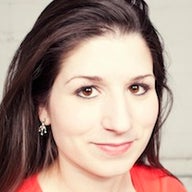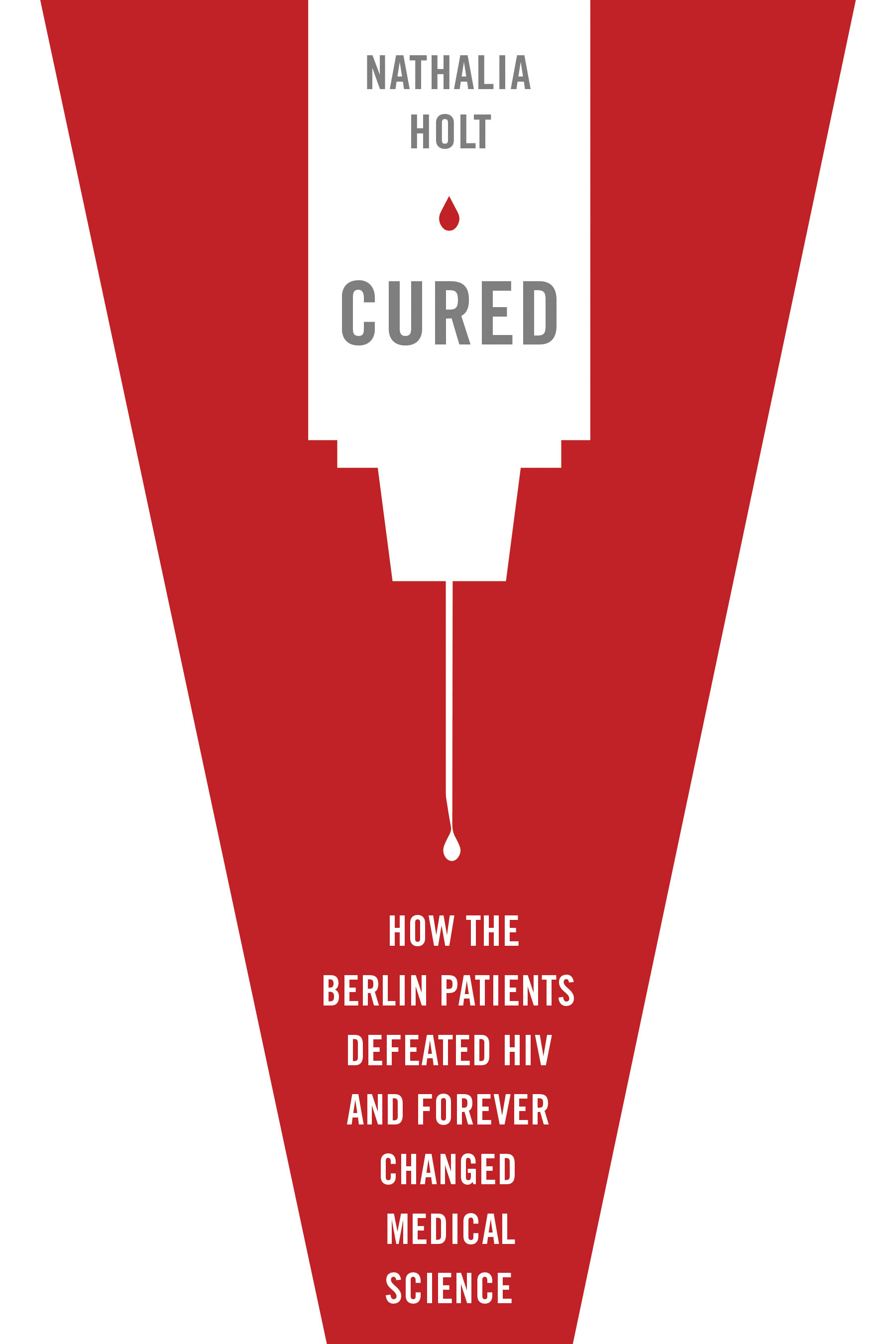Books | Stranger than fiction

When I interview experts for a work of journalism, sometimes I say exactly what I’m thinking: “Talk to me like I’m an idiot,” promising to take no offense.
My strategy is to have an assumption-free conversation with my interview subject, where I’m presented with information as if I’m hearing it for the first time. Although I must study up on a given topic in order to ask intelligent questions, it's my job to convert the expert explanations into layman’s terms.
Nathalia Holt, an human immunodeficiency virus (HIV) researcher with a PhD, is the author of Cured: How the Berlin Patients Defeated HIV and Forever Changed Medical Science (Dutton, an imprint of Penguin, $27.95). Holt knows more than enough about the virus that affects 34 million people to write a book on the subject; she didn’t start a single interview by introducing herself as a neophyte. Yet I think a career journalist, someone without Holt’s advanced degrees, could have written a better book or at least a book that could have been more easily digested. Holt is too close to her topic, and—although it’s flattering—she addresses her readers like we’re fellow scientists. There is too much jargon and not enough narrative; Cured is best described as a scientific chronology written in prose.

In science, there are sterilizing cures (“no remaining virus at all”) versus functional cures (symptom-free, with “detectable virus” still technically present). Timothy Brown and his fellow Berlin patient, who goes by the pseudonym Christian Hahn, are the first two patients with functional HIV cures. (They received the nickname referenced in the books' title from the capital city where they were separately treated). There have since been more cases akin to Brown's and Hahn's.
Cured is an in-depth comparison of each man’s route to his respective "cure." According to data first published in 2009, Brown’s HIV subsided when he received a very unique kind of bone marrow transplant to treat a second diagnosis, acute myeloid leukemia. Hahn was under a doctor’s care when he elected to stop treatment. Why his HIV symptoms subsided still remains somewhat of a mystery, although the development was first written about in 1999. It has been hypothesized that both Brown and Hahn's recoveries can be linked to a gene called CCR5.
One of these men did as he was told by the experts, while the other rebelled. And yet for all his dutifulness to doctors, Brown was seemingly punished—his life continues to be hellish, while Hahn's is relatively content. Brown—an American who revealed his identity to the world, created a foundation for future research, and still submits to countless scientific experiments—is now back in the United States. There, he is uninsured, unable to work and at the mercy of our un-European welfare system. On the other side of the world, Hahn is apparently very stable in his professional and personal lives.
Although Holt advocates on behalf of more HIV research grants for her peers, she is honest about the fact that the biggest hurdle in the advancement of science is often another scientist. In Cured, she describes the pettiness that can result from the fight over first authorship on a paper or how drug companies can easily dismiss promising conclusions from inexpensive drugs because Big Pharma doesn't stand to make enough of a profit.
At the very beginning of Cured, Holt tells the short story of her own HIV scare, when she accidentally injected her finger with HIV-positive blood instead of the laboratory mouse she held in her hand. It's a shocking introduction. For a moment, Holt is just another clumsy mortal, and as a reader, I instantly felt a kinship for Holt, the mother of a small child.
Her ordeal is resolved in a few quick pages, and we are introduced to our true protagonists, Brown and Hahn. Yet I never felt as attached to either Berlin patient. If the author had a less overt HIV connection, she might have faded into the background as the book unfolded. Instead, I was more invested in the circumstances of her short-lived trauma than the one Brown and Hahn will face for their entire lives.
Photo: C. Goldsmith
Sign up for our weekly newsletter featuring in-depth business innovation stories by correspondents around the globe, top domestic reporters and thought-provoking opinion columnists.
This post was originally published on Smartplanet.com